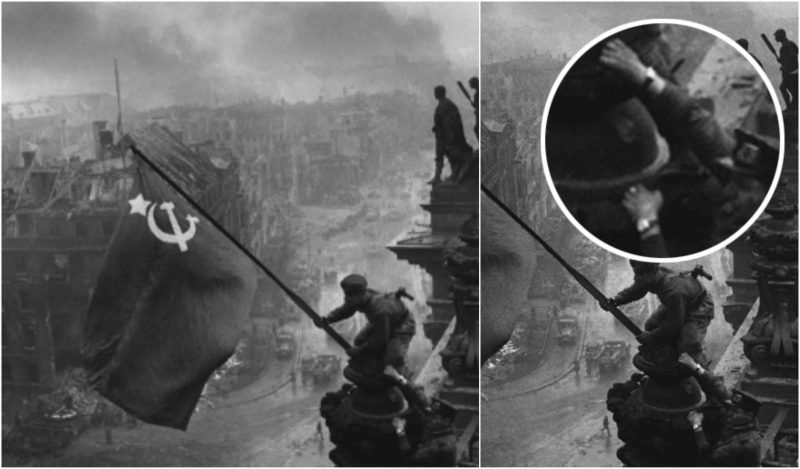The Battle of Berlin was the final major offensive of the European Theatre of World War II and was designated the “Berlin Strategic Offensive Operation” by the Soviet Union. Starting on 16 April 1945, the Red Army breached the German front as a result of the Vistula–Oder Offensive and rapidly advanced westward through Germany, as fast as 30–40 kilometers a day. The battle for Berlin lasted from late 20 April 1945 until 2 May and was one of the bloodiest in history.
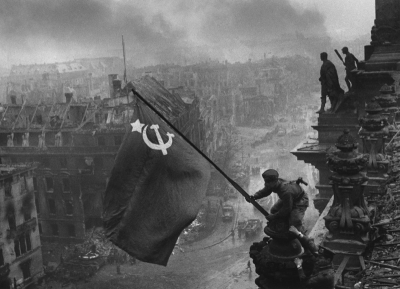
Erected in 1894, the Reichstag’s architecture was magnificent for its time. The building contributed much to German history and was considered by the Red Army to be the symbol of their fascist enemy. However, to the Nazis, the Reichstag was a symbol of democracy and representative government; consequently they had left it closed and damaged since the infamous Reichstag fire in 1933. Instead of being a center of fascist power, the Reichstag had been closed down for 12 years, essentially the entirety of the Nazi era, with subsequent meetings of the Reichstag “legislative body” convening at the nearby Kroll Opera House instead during the Third Reich’s existence. After very bloody and fierce combat within its walls, the Soviets finally captured the Reichstag on 2 May 1945, drawing closer to the end of a war that had cost the lives of many millions of Germans and Soviets.
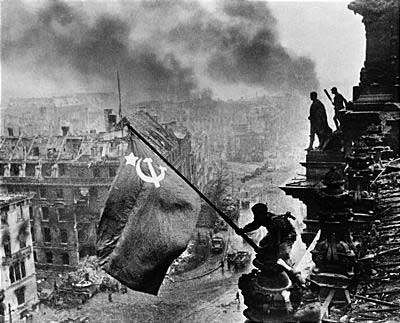
The Reichstag was seen as symbolic of, and at the heart of, the “fascist beast.” It was arguably the most symbolic target in Berlin. The events surrounding the flag-raising are murky due to the confusion of the fight at the building. On 30 April there was great pressure from Stalin to take the building, in time for the International Workers’ Day, 1 May. Initially, two planes dropped several large red banners on the roof that appeared to have caught on the bombed-out dome. Additionally, a number of reports had reached headquarters that two parties, M. M. Bondar from the 380th Rifle Regiment and Captain V. N. Makov of the 756th might have been able to hoist a flag during the day of 30 April. These reports were received by Marshal G. K. Zhukov, who issued an announcement stating that his troops had captured the Reichstag and hoisted a flag. However, when correspondents arrived, they found no Soviets in the building, but rather they were pinned down outside by German fire. After fierce fighting both outside and inside the building, a flag was raised at 22:40 on 30 April 1945, when 23-year-old Rakhimzhan Qoshqarbaev climbed the building and inserted a flag into the crown of the mounted female statue of “Germania”, symbolizing Germany. As this happened at night, it was too dark to take a photograph. The next day the flag was taken down by the Germans. The Red Army finally gained control of the entire building on 2 May.
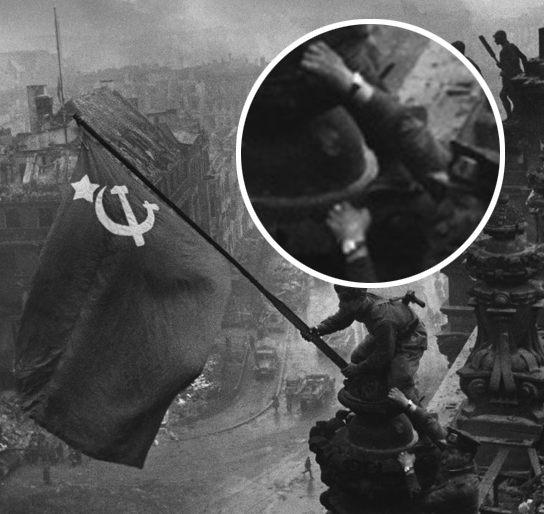
On 2 May 1945, Khaldei scaled the now pacified Reichstag to take his picture. He was carrying with him a large flag, sewn from three tablecloths for this very purpose, by his uncle.The official story would later be that two hand-picked soldiers, Meliton Kantaria (Georgian) and Mikhail Yegorov (Russian), raised the Soviet flag over the Reichstag, and the photograph would often be used as depicting the event. Some authors state that for political reasons the subjects of the photograph were changed and the actual man to hoist the flag was Alyosha Kovalyov, a Ukrainian, who was told by the NKVD to keep quiet about it.
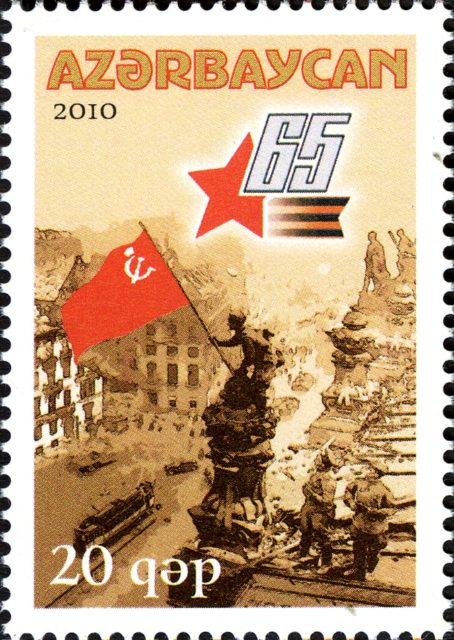
However, according to Khaldei himself, when he arrived at the Reichstag, he simply asked the soldiers who happened to be passing by to help with the staging of the photoshoot; there were only four of them, including Khaldei, on the roof:the one who was attaching the flag was 18-year-old Private Alexei Kovalyov from Kiev, the two others were Abdulkhakim Ismailov from Dagestan and Leonid Gorychev (also mentioned as Aleksei Goryachev) from Minsk
